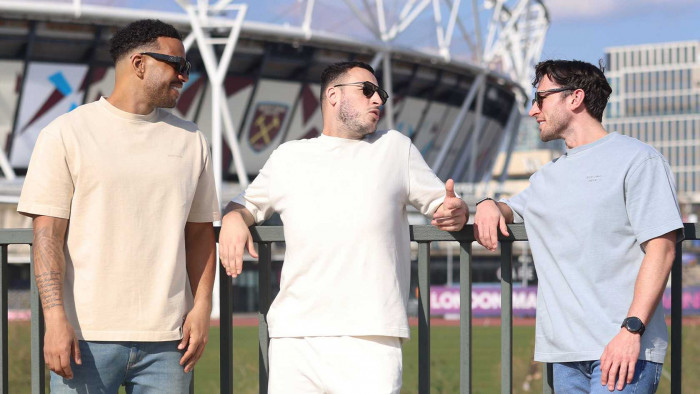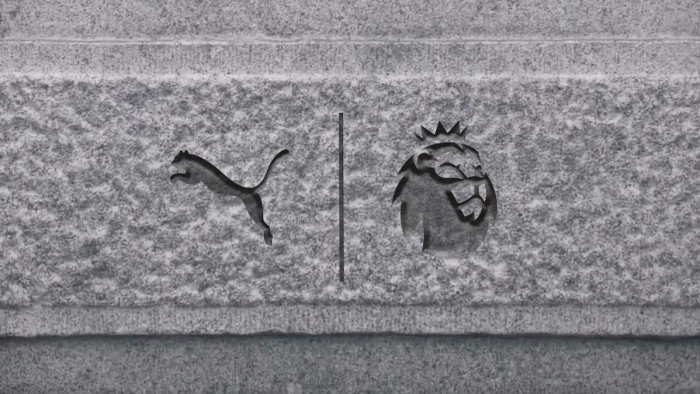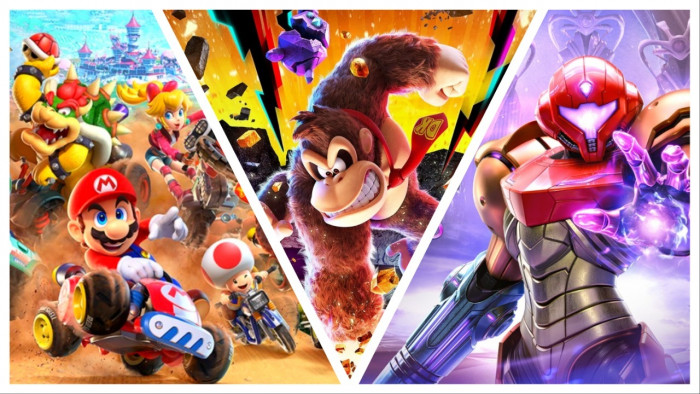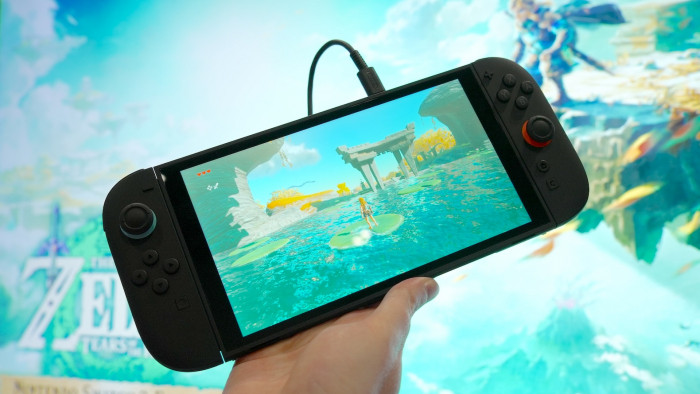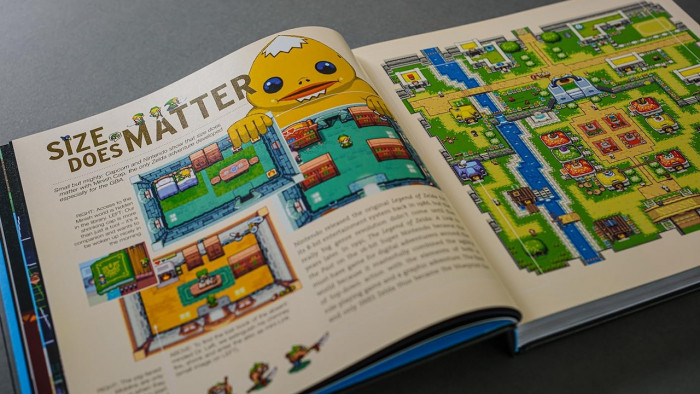Back in the early 2000s, pre-YouTube and Spotify, discovering new music was a pain in the arse. Limewire downloads were slow, trips to see my one loaded mate with the music channels were infrequent, but there was one resource I could rely on for the best new music, year-in-year-out: the FIFA soundtrack.
It feels like FIFA has always been ahead of the curve when it comes to reflecting what the ‘sound’ of football should be, but to my mind the golden era of its soundtracks ran from around 2003 to 2010. Whether it was Miss Dynamite’s ‘Miss Dy-Na-Mi-Tee’ on FIFA 2003, ‘Fit But You Know It’ by the Streets on FIFA 2005, or Caribou’s ‘Odessa’ on FIFA 11, the soundtracks nailed a particular sound that chimed with the halcyon days of the Premier League Years.
Steve Schnur, president of the EA Music Group, leads the team behind the soundtracks. FIFA 2000, released a year before he joined EA, featured songs by Robbie Williams and ska-pop stalwarts Reel Big Fish. He says his goal was to elevate FIFA’s music from the sort of stuff that would get dads in cars nodding along in approval to the “most culturally relevant playlist on the planet”.
In 2001 EA introduced its Trax sponsored_longform, signing deals with record labels to include up-and-coming artists on a range of its games - including the FIFA series. The idea was simple: EA would stock its soundtracks with a range of new talent, as well as a few established acts, and labels would benefit from having their artists’ music delivered straight to a huge captive audience.
Whilst labels were sometimes dismissive about appearing on FIFA soundtracks back then, Schnur says that the talent always got it. “Every artist we spoke to… they all played FIFA, and they all saw what their potential audiences were doing: playing FIFA.”
It proved to be a treasure trove for unearthing new music - tapping into the existing trends, while simultaneously predicting new ones. My favourite soundtrack, FIFA 2004’s, had tracks by The Dandy Warhols, Caesars and The Raveonettes - predicting the wave of garage-rock revival that took over in the mid-2000s. It also featured ‘Red Morning Light’ by the Kings of Leon and ‘LSF’ by Kasabian, two songs that have since transcended the game and become football anthems in their own right. When I hear the opening chords of either track I’m there, 2004, watching a young Total90-donned Ronaldinho effortlessly joga-bonito-ing past an entire team, deliberately whacking the ball against the crossbar three times in a row and then backheeling it between the keeper’s legs.
Schnur says he recently spent a weekend with Ed Sheeran, who gushed over a long list of artists and songs he’d discovered growing up playing the game. “We had similar conversations with Snoop Dogg. It’s one thing when you break an artist, it’s another thing when some of the biggest artists in the world tell you how many others they’ve discovered through the game.”
FIFA soundtracks have carved out their own place in the musical landscape, even as YouTube and streaming services make music discovery easier than ever. According to Schnur, FIFA Spotify playlists are some of the most popular brand-related playlists on the platform. His team have started to define what makes good ‘football music’ to a whole new audience in North America.
“The MLS and their teams have us continually advising them on what the ‘sound’ of the sport should sound like,” Schnur explains. “They’re actually having their sport sound like FIFA the game, rather than sound like other leagues in the US, who rely on the AC/DCs and The Queens...”
Discovery has always been at the heart of FIFA’s soundtracks, so naturally they have had to adapt as musical tastes have changed. As indie’s popularity started to wane, Maximo Park and Art Brut were joined by Santigold and Robyn in FIFA 08, by FIFA 09 there was a nu-rave flavour in Cut Copy, CSS and Foals. But how easy has it been to keep up with the frontline of new music for over a decade? I put it to Schnur that the soundtracks have lost their edge in recent years. He reckons it’s just my age.
“You were 13-20, give or take,” he says. “If you think about that age, how critically important music was to you before you had to start paying for rent and water and electricity? It was everything and anything in your life.”
Older teenagers are FIFA’s core audience, so it’s vital their soundtrack chimes with what they’re listening to. You could argue that the exclusion of grime so far is an uncharacteristic misstep by EA, as the genre’s resurgence has been obvious for at least two years now. We joke about putting Giggs on a FIFA soundtrack - his songs would sound out of place on a game that has to appeal to 10-year-olds as well as 26-year-old losers like me - but self-confessed FIFA fan Stormzy is more Absolute Radio than pirate radio and would definitely fit.
“I think what’s happening in the UK is bleeding to the US,” Schnur says, hinting at grime’s future inclusion. “I think it’s just beginning over here. I see 16 and 17-year-olds freaking out over artists that are already well known where you are. Skepta, Stormzy and others. I think these will continue to grow.”
Through my teenage years FIFA was the soundtrack to my life - which, to be fair, didn’t involve much else, besides playing football, watching Match of the Day and drinking in parks. Whilst Grand Theft Auto and the Tony Hawks series (in particular San Andreas and Underground, if you’re asking) boasted similarly stellar soundtracks too, both relied on established artists, reflecting the setting of the games. FIFA has endured as a source of music discovery through the years, introducing us to a global collection of the best new tracks every year. They make-up a generous portion of stadium DJ’s pre-match playlist selections, get dropped over glossy Sky Sports highlight packages, become adopted as the melodies for fan chants, get blasted out of tinny phone speakers while kids boot a deflated floater around some garages, or just make up fond memories of summer days wasted inside punting a virtual ball around a pitch made of pixels on FIFA. They started out as simply a means to fill the eerie silence in a video game menu screens, but with considered curation, FIFA’s soundtracks have helped define the sound of the beautiful game.



